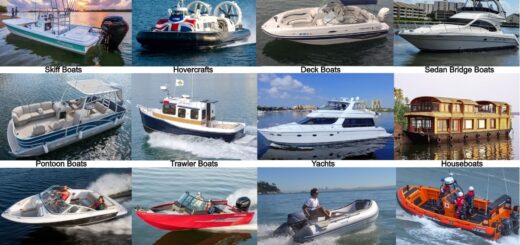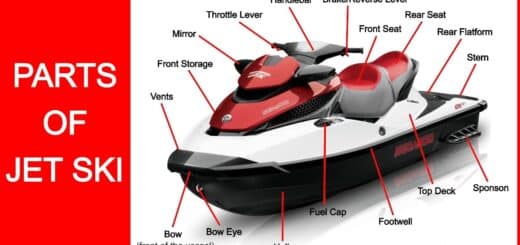5 Types of Submarines – [Explained with Complete Details]
![5 Types of Submarines - [Explained with Complete Details]](https://engineeringlearn.com/wp-content/uploads/2023/01/Submarines-1024x539.jpg)
Introduction
5 Types of Submarines – [Explained with Complete Details]: – A submarine (or sub) is a type of watercraft that can operate independently underwater. Submarines are abbreviated as subs. Militaries and scientists use submarines to travel deep beneath the ocean. The military uses submarines to patrol ocean waters and attack enemy ships during wartime. Military submarines are typically quite large.
A submarine is a watertight boat that can travel beneath the waves like a ship. It comes with water tanks. When the sub is about to dive, water is added to the water tanks, making it heavier. The submarine’s average density becomes more significant than the density of seawater, causing it to sink.
High-strength alloyed steel is still the primary material used in submarines today, with a depth limit of 250-350 m (820-1,148 feet) that cannot be exceeded on a military submarine without sacrificing other characteristics.
History of Submarine
John Philip Holland, an Irish inventor, built a model submarine in 1876 and a full-scale one in 1878, followed by unsuccessful attempts. He created the Holland Type VI submarine in 1896. This vessel used an internal combustion engine for surface operations and an electric battery for submerged operations.
Submarines were invented in the early 17th century by Dutch inventor Cornelius van Drebel, but they were not used in naval combat until 150 years later. While a student at Yale University, David Bushnell, an American inventor, began developing underwater mines. To help them survive, most submarines have two hulls, one inside the other.
The outer hull is waterproof, while the inner hull (known as the pressure hull) is not. To help them survive, most submarines have two hulls, one inside the other. The outer hull is waterproof, while the inner hull (known as the pressure hull) is much stronger and more resistant to extreme water pressure. The toughest submarines have hulls made of titanium or steel.
Types of Submarines
Many state navies now retain a fleet of five or more big and small submarines, whose primary function is to operate as a deterrent in territorial waters.
1. Ballistic Missile Submarines (SSBNs): ( Types of Submarines )
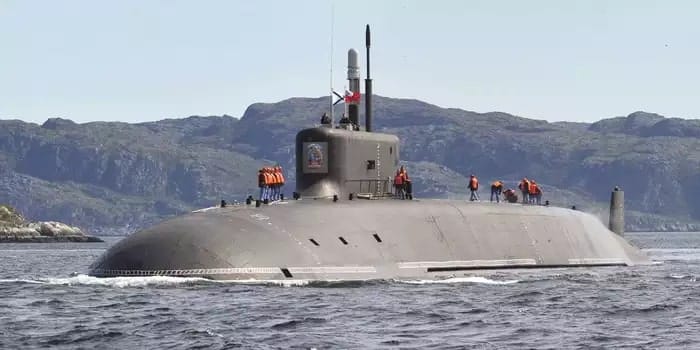
The Navy’s ballistic missile submarines, dubbed “boomers,” serve as a covert launch platform for intercontinental missiles. They are specifically designed for stealth and precise delivery of nuclear warheads. Initially, each 14 Ohio- class SSBN could carry up to 24 submarine-launched ballistic missiles (SLBMs) with multiple, independently targeted warheads. However, under the New Strategic Arms Reduction Treaty, each submarine’s four missile tubes have been permanently deactivated, and it can now carry a maximum of 20 missiles. The Trident II D5 missile, which replaces the decommissioned Trident I C4, serves as the SSBN’s strategic weapon designed explicitly for long-duration deterrence patrols.
Ohio-class submarines have three large-diameter logistic hatches that allow sailors to quickly transfer supply pallets, equipment replacement modules, and machinery components, reducing the time required for replenishment and maintenance and increasing operational availability. The design of the Ohio-class submarines allows them to operate for 15 years or more between major overhauls.
The submarines spend an average of 77 days at sea, followed by 35 days in port for maintenance. Each SSBN has two crews, Blue and Goldalternatingte, commanding and patrolling the submarines. This increases the strategic availability of the SSBN, reduces the number of submarines needed to meet strategic requirements, and allows for proper crew training, readiness, and morale.
2. Cruise Missile Submarine: ( Types of Submarines )
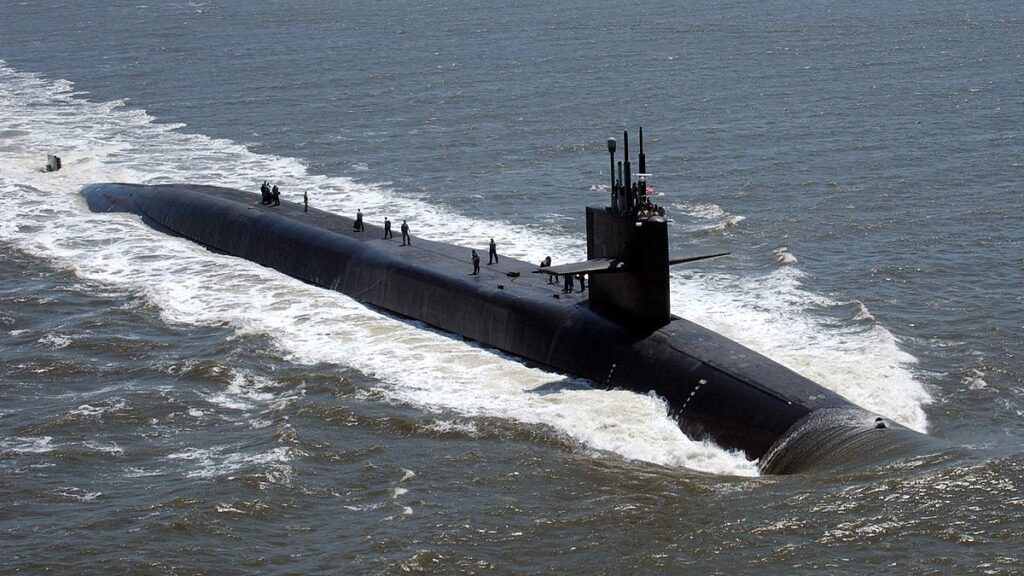
A cruise missile submarine is a submarine that primarily carries and launches cruise missiles (SLCMs and anti-ship missiles). Although torpedoes are a stealthier option, missiles provide a much longer stand-off range and the ability to engage multiple targets on different headings simultaneously.
Many cruise missile submarines retain the ability to deploy nuclear warheads on their missiles. Still, they are distinguished from ballistic missile submarines due to significant differences in the characteristics of the two weapons systems. Early cruise missile submarine designs had to surface to launch their missiles, whereas later designs could do so underwater via dedicated vertical launching system (VLS) tubes.
Many modern attack submarines can launch cruise missiles (as well as dedicated anti-ship missiles) from their torpedo tubes. Some designs also include a small number of VLS canisters, resulting in some overlap between cruise missile submarines and traditional attack submarines. Nonetheless, due to their incredible speed and manoeuvrability, attack submarines use torpedoes as their primary armament and have a more multi-role mission profile than cruise missile submarines, which are typically more extensive and slower boats designed for long-distance surface strikes.
The hull classification symbols for cruise missile submarines used by the United States Navy are SSG and SSGN – the SS stands for a sub, the G stands for guided missile, and the N stands for a nuclear-powered submarine.
3. Guided Missile Submarines (SSGNs): ( Types of Submarines )
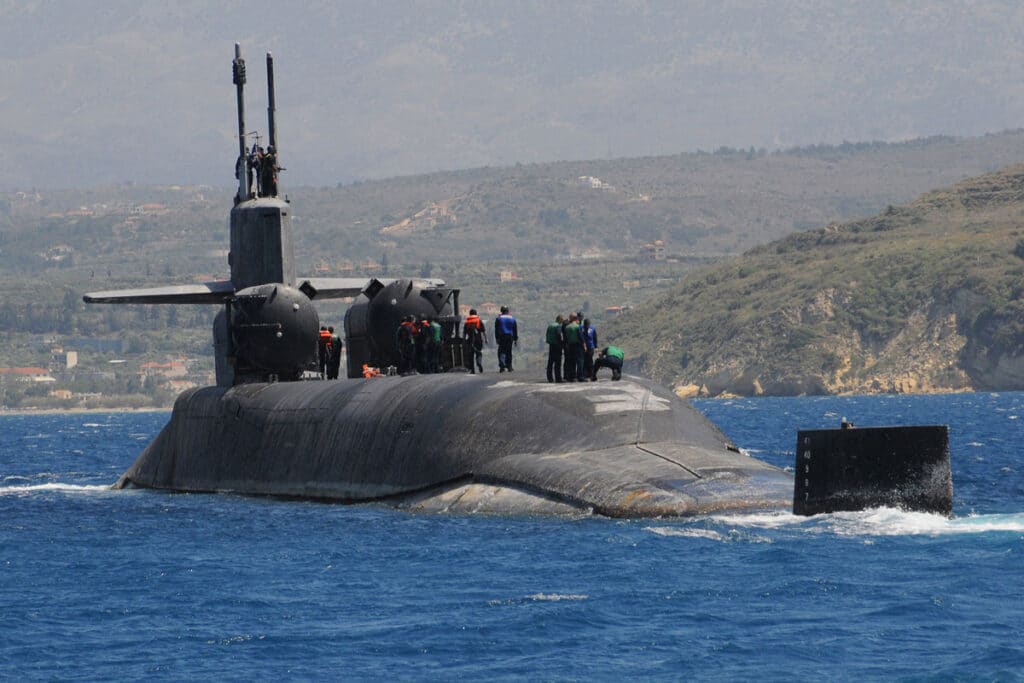
The United States needed only 14 of its 18 SSBNs to meet the nation’s strategic force needs, according to the Nuclear Posture Review of 1994. As a result, the Navy decided to convert four Ohio-class submarines into conventional land attack and SOF platforms.
This enabled the Navy to capitalise on existing submarine technology while expanding its capacity to meet US combatant commanders’ current and future needs. The Navy formed an unusual collaboration to bring the SSGN concept to fruition. In addition to extensive conversion work, all four submarines required an Engineered Refuelling Overhaul (ERO). Puget Sound Naval Shipyard in Washington performed the EROs for Ohio and Michigan, while Norfolk Naval Shipyard in Virginia handled the refuelling for Florida and Georgia.
4. Nuclear Powered Submarines: ( Types of Submarines )
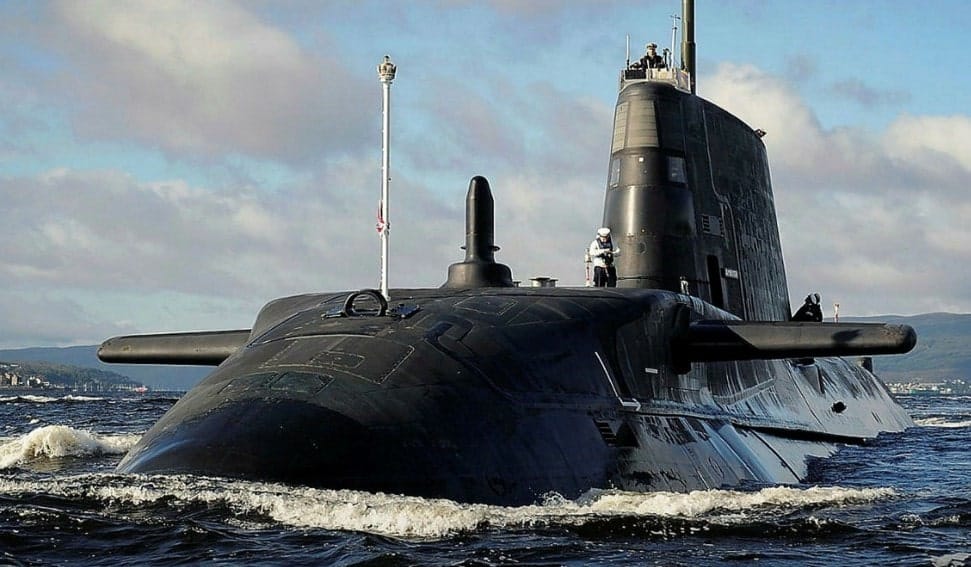
The Navy launched the first submarine powered by radioactive material in 1954. In 1958, the USS Nautilus became the first submarine to travel to the North Pole. Subs previously used diesel engines and had to return to port for fuel. Nuclear power enabled submarines to operate for approximately twenty years without refuelling.
The only constraint on a nuclear submarine’s time at sea became food supplies. Onboard nuclear reactors power atomic submarines. The nuclear reactor’s atoms split, releasing energy as heat. This energy is transformed into a high-pressure stream. The steam powers propulsion turbines, which in turn power the propeller. Additional turbines generate electricity for the ship as well. The water is directed back through the system as the steam cools and condenses back into the water, and the process begins again.
5. Attack Submarines: ( Types of Submarines )

With the number of foreign diesel-electric independent propulsion submarines increasing yearly, the US Submarine Force relies on technological superiority and the speed, endurance, mobility, stealth, and payload afforded by nuclear power to maintain its pre-eminence in the undersea battlespace. The Navy operates three types of SSNs. With 40 in service, Los Angeles (SSN 688) class submarines are the backbone of the submarine force.
Thirty Los Angeles -class SSNs are outfitted with 12 Vertical Launch System tubes used to launch Tomahawk cruise missiles. In addition, the Navy has three Seawolf-class submarines. The USS Seawolf (SSN 21), commissioned on July 19, 1997, is exceptionally quiet, fast, well-armed, and equipped with advanced sensors.
Despite the lack of Vertical Launch Systems, the Seawolf class has eight torpedo tubes and a torpedo room that can hold up to 50 weapons. The USS Jimmy Carter (SSN 23), the third ship in the class, has a 100-foot hull extension known as the multi-mission platform. This hull section allows for additional payloads to house advanced technology used in classified research and development and enhanced warfighting capabilities. The VIRGINIA Payload Module (VPM) will be integrated into Block V submarines as the following significant change. VPM, which is currently in the concept development phase, will insert four additional payload tubes – one for each.
Content Source: – wikipedia, military
Image Source: – businessinsider, wikidata, Financial Times

